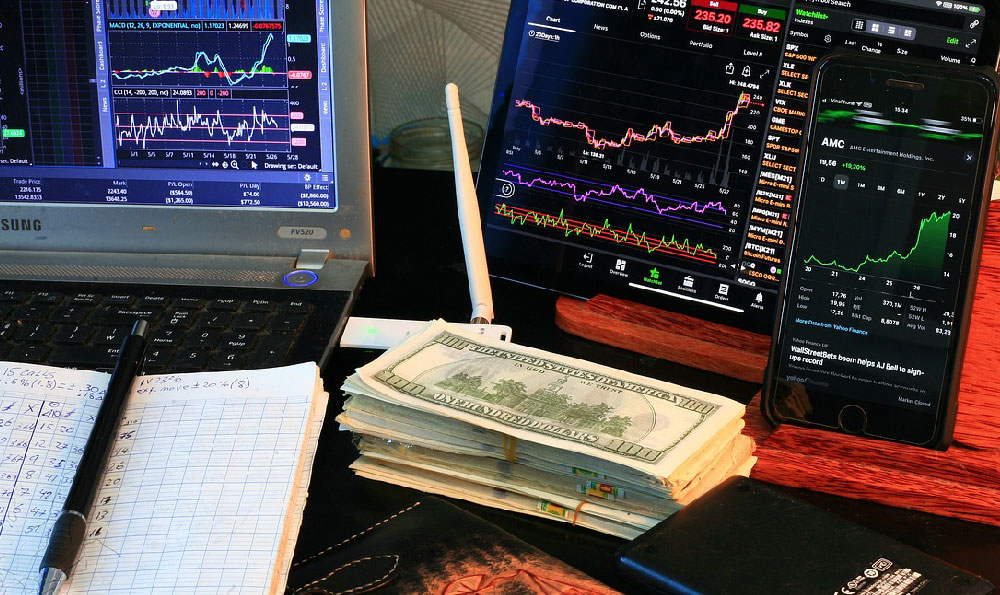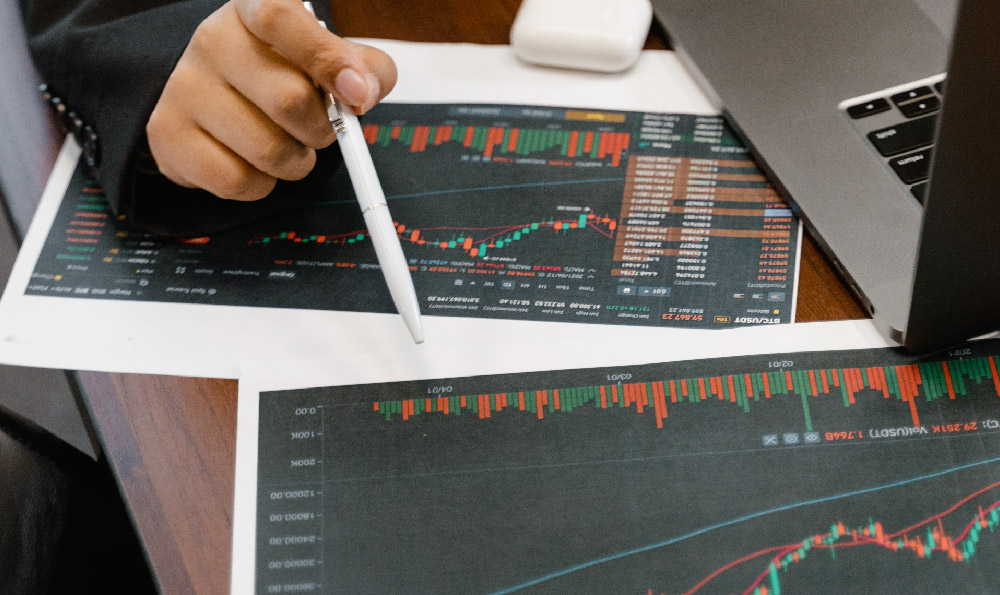The allure of YouTube stardom and the potential for financial independence draw countless individuals to create content. But the reality of YouTube earnings is often shrouded in mystery and complicated algorithms. The question, "How Much Does YouTube Pay? Am I Earning Enough?" is a common one, and the answer, unfortunately, isn't a simple dollar amount. It's a complex interplay of several factors.
At the heart of YouTube monetization lies AdSense. This is Google's advertising program that allows creators to earn revenue by displaying ads on their videos. The amount YouTube pays, therefore, isn't a fixed salary but a share of the ad revenue generated by those ads. Several elements influence this share, making it difficult to predict exact earnings.
One of the most critical factors is the Cost Per Mille (CPM). CPM represents the amount advertisers pay for one thousand ad impressions. This is the raw number. However, what creators actually receive is the Revenue Per Mille (RPM). RPM reflects the revenue a creator earns for every one thousand video views after YouTube takes its cut. Currently, YouTube retains approximately 45% of ad revenue, leaving 55% for the creator. So, while a CPM might be $10, your RPM could be closer to $5.50.

But even within CPM and RPM, considerable variations exist. The CPM fluctuates wildly based on several conditions. Advertiser demand is a primary driver; during periods of high advertising activity, like the holiday season, CPMs tend to surge as businesses compete for viewer attention. Conversely, CPMs can dip during slower advertising periods. The target audience is another crucial determinant. Advertisers are willing to pay more to reach specific demographics, like affluent professionals or niche hobbyists. A channel focused on luxury cars, for example, will likely command a higher CPM than a channel featuring general lifestyle content. Video content itself matters significantly. Ads for financial products are likely to be displayed on videos about investing, which generally have higher CPM than videos about cooking. Ad formats also play a role, certain ad formats, such as non-skippable ads, generally have higher CPMs.
Geographic location also exerts a strong influence. Viewers in countries with strong economies and high purchasing power, like the United States, Canada, and Western Europe, tend to generate higher CPMs compared to viewers in developing countries. This is because advertisers are willing to pay more to reach audiences with greater disposable income. A video that goes viral in India might rack up millions of views but generate significantly less revenue than a video with a few hundred thousand views primarily in the United States.
Beyond CPM and RPM, the number of views a video receives is a fundamental driver of earnings. Obviously, more views translate to more ad impressions and, consequently, more revenue. However, view count alone doesn't tell the whole story. Audience retention is paramount. If viewers click away from a video after only a few seconds, fewer ads will be shown, and the overall revenue will be lower. YouTube's algorithm favors videos with high watch times and engagement metrics, such as likes, comments, and shares. These factors signal to YouTube that the content is valuable and worth promoting, which can lead to increased visibility and more views.
Another often-overlooked aspect of YouTube earnings is diversification of income streams. Relying solely on AdSense revenue can be risky, as it's subject to the whims of YouTube's algorithm and changes in advertising demand. Smart creators explore alternative monetization methods, such as sponsorships, merchandise sales, affiliate marketing, and Patreon. Sponsorships involve partnering with brands to promote their products or services in videos, offering a direct and often lucrative revenue stream. Selling merchandise, such as t-shirts, mugs, or stickers, allows creators to capitalize on their brand and loyal fanbase. Affiliate marketing entails promoting products from other companies and earning a commission on each sale generated through a unique referral link. Patreon provides a platform for fans to support creators directly through recurring subscriptions, providing a stable and predictable income stream.
Coming to the question of whether you're earning enough, that's entirely subjective and depends on your individual circumstances and goals. There's no magic number. To assess your earnings effectively, you need to analyze your YouTube analytics data meticulously. Pay close attention to your CPM, RPM, watch time, audience retention, and engagement metrics. Compare your performance to similar channels in your niche to gauge whether you're underperforming or exceeding expectations. Most importantly, consider how much time and effort you're investing in creating content. Is the revenue you're generating commensurate with the amount of work you're putting in? If not, it may be time to re-evaluate your content strategy, explore alternative monetization methods, or consider investing in better equipment or skills development.
To maximize your YouTube earnings, focus on creating high-quality, engaging content that resonates with your target audience. Optimize your videos for search by using relevant keywords in your titles, descriptions, and tags. Promote your videos across other social media platforms to drive traffic and increase visibility. Engage with your audience by responding to comments and fostering a sense of community. Experiment with different content formats and strategies to see what works best for your channel. The key is to continually learn, adapt, and improve.
Finally, it's crucial to remember that building a successful YouTube channel takes time, patience, and perseverance. Most creators don't become overnight millionaires. It requires consistent effort, dedication, and a willingness to learn from your mistakes. Don't be discouraged by slow initial progress. Keep creating valuable content, engaging with your audience, and experimenting with different strategies. With time and effort, you can increase your YouTube earnings and achieve your financial goals.












